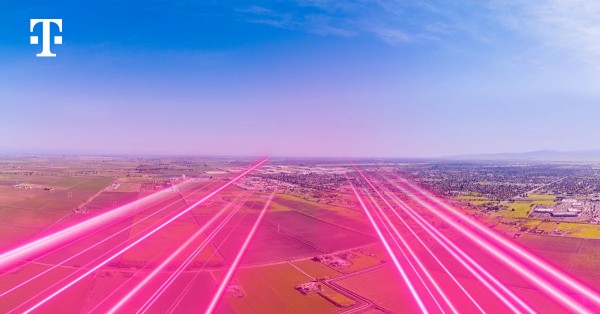- Tech News & Insight
- November 16, 2025
- Hema Kadia
Multiple media reports say Verizon plans to cut roughly 15,000 jobs and shift about 180–200 company-owned stores to franchise operators, marking its most significant restructuring to date. According to reports citing unnamed sources, Verizon is preparing layoffs equal to about 15% of its workforce, with some estimates suggesting cuts could reach up to 20,000 roles when store conversions are included. Verizon ended 2024 with roughly 100,000 U.S. employees after several years of incremental reductions. Leadership has signaled the need to simplify operations and reset the expense base following heavy 5G investment and a more promotional market.
- 5G, AI, Assurance, Automation, FWA, Monetization
- Broadband, Charter, Comcast, eSIM, Investment, Mobility, MVNO, Policy, Private 5G, Spectrum, T-Mobile, Verizon
- Retail






























